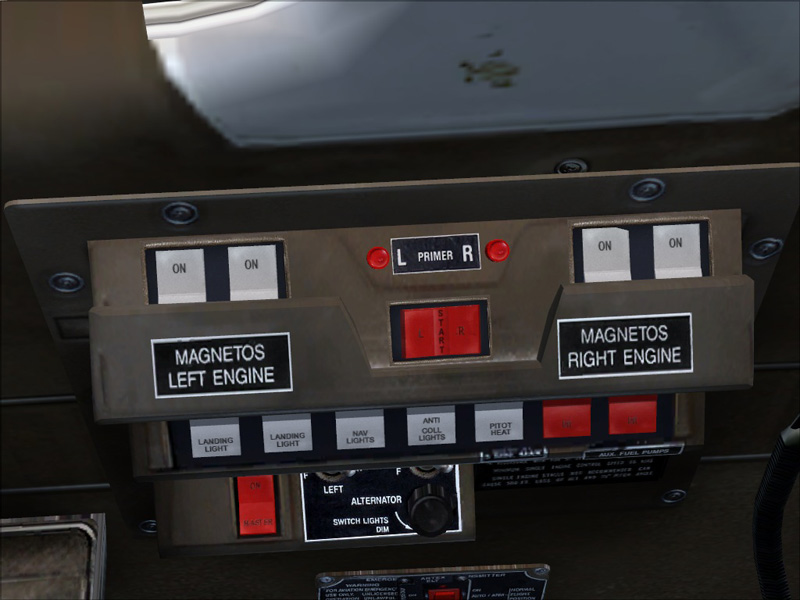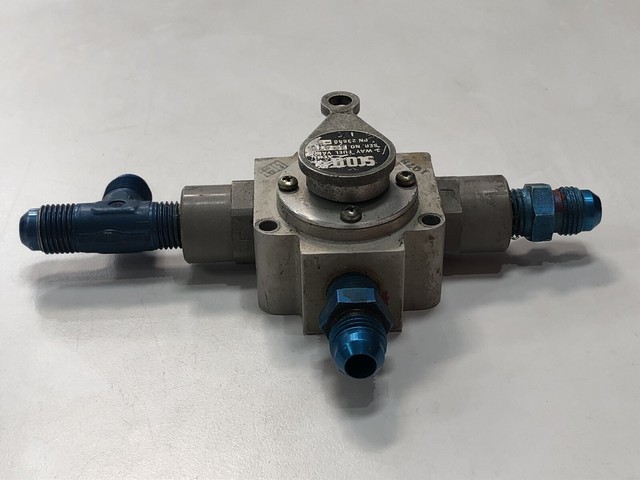

The fuel was tested and found to be free from any contamination.ĭuring the on-site inspection of the cockpit, the propeller pitch levers were found to be full forward. The maximum take-off weight for this aircraft was 4 570 lb. The pilot did not feather the engine following engine power loss as required by PHO. The investigation revealed that both the fuel selectors were found in the cross-feed position, this configuration is prohibited in accordance with the flight manual. The landing gear was substantially damaged during the landing, and the left hand propeller separated from the engine during the impact sequence. The aircraft rolled for approximately 400 metres before it which it went through a ditch and collided with a fence and a street light pole. He executed a left turn in order to turn back towards the runway and executed a forced landing on an open field at the western side of the aerodrome. The pilot reported that he then advanced both power levers, but the left engine failed completely. The density altitude was 7 573 ftĪfter take-off from Runway 12 the aircraft climbed to approximately 250 ft AGL when the left hand engine RPM suddenly decreased from 2450 rpm to 1500 rpm. Met Info Wind: 090˚/11kt Visibility: 10 km Temperature: 23˚C 1/8 Cloud cover. Location of the accident site: Panorama residential area, Bethlehem 21’02 /20’10” at 5 561ft AMSL. Next point of intended landing: Lanseria International Airport (FALA). Last point of departure: Runway 12 at Bethlehem Aerodrome (FABM). Pilot-in-command Flying Experience Total Flying Hours: 531,0 Hours on Type 66,9 Pilot-in-command Licence Type: Commercial If the aircraft had been cleaned up and the gear retracted it could have been safely flown back and landed. So, in the interest of clarity and readability, I have had to correct and paraphrase extensively. The CAA’s report contains padding, repetition, poor English and incompetence.Unless stated otherwise all times are local (Bravo time).This report is to promote aviation safety and not to establish legal liability.

Quite simply, the rationale behind them is safety.

Standard Operating Procedures are just what the phrase says-they are standardized procedures used byĪll persons conducting flight operations. Introduction to Standard Operating Procedures 44Īppendix: Standard Approach Plate Briefing. Non-Normal Standard Operating Procedures. 32įigure: Standard Visual Approach Profile. 10 Third Segment Climb (V3 En route Climb). 8 First Segment Climb (Vr to V2)-Confined and Non-confined Runways. Introduction to Standard Operating Procedures.


 0 kommentar(er)
0 kommentar(er)
